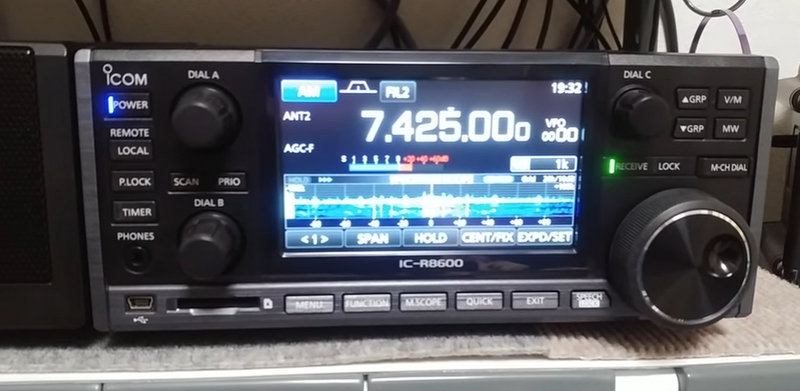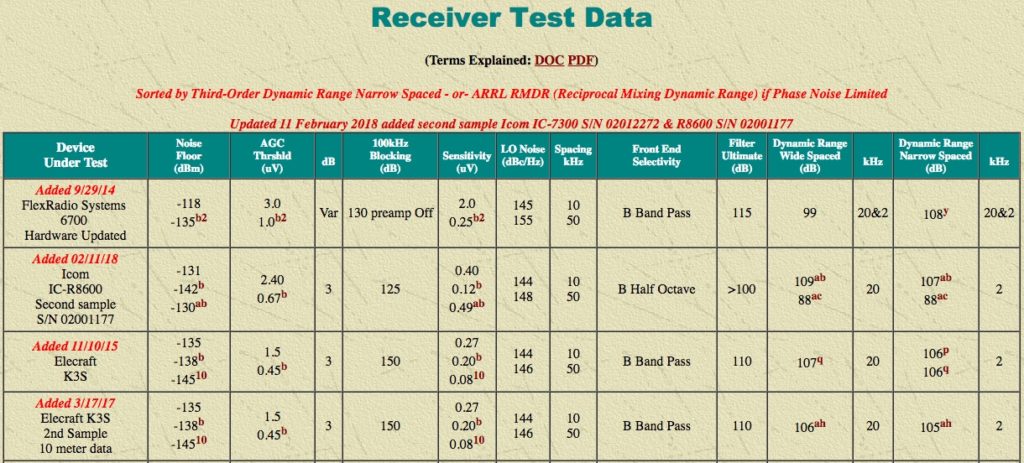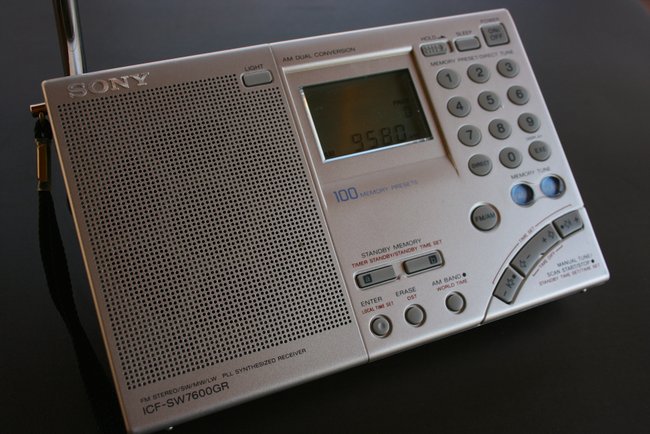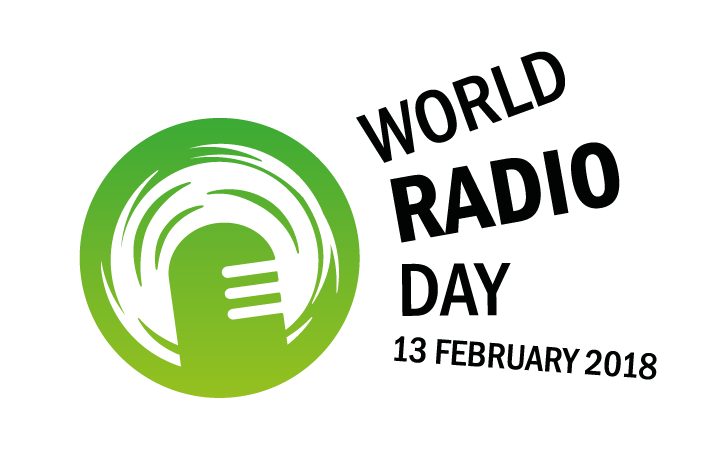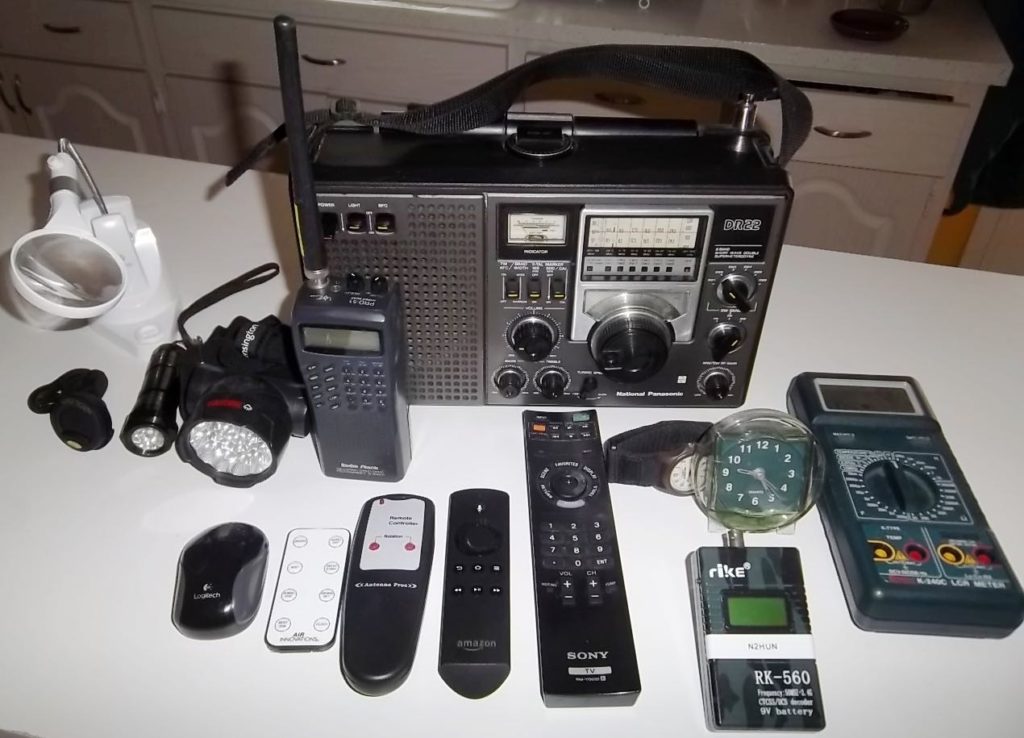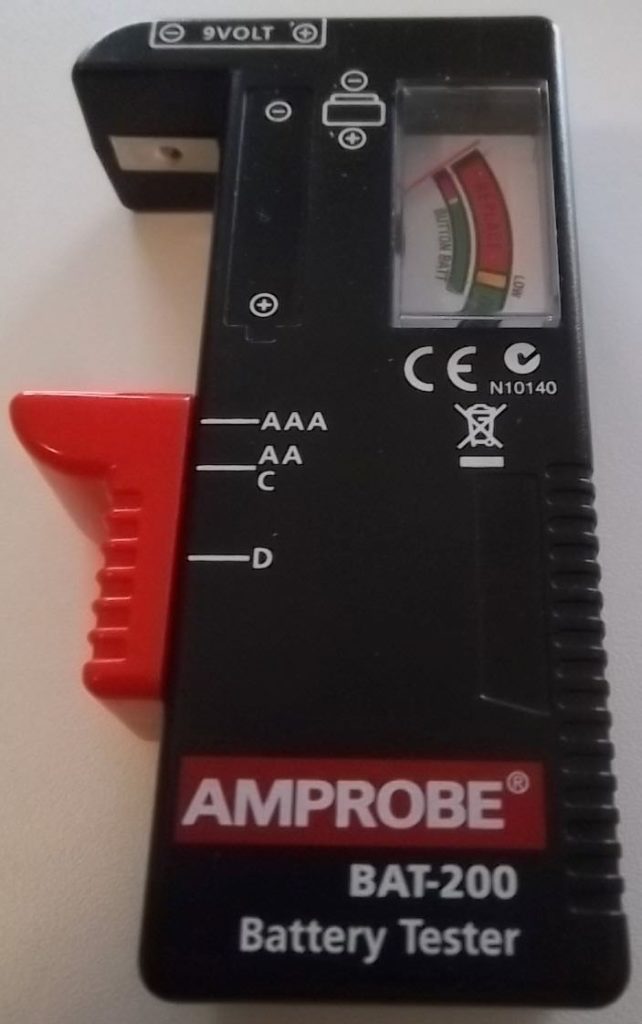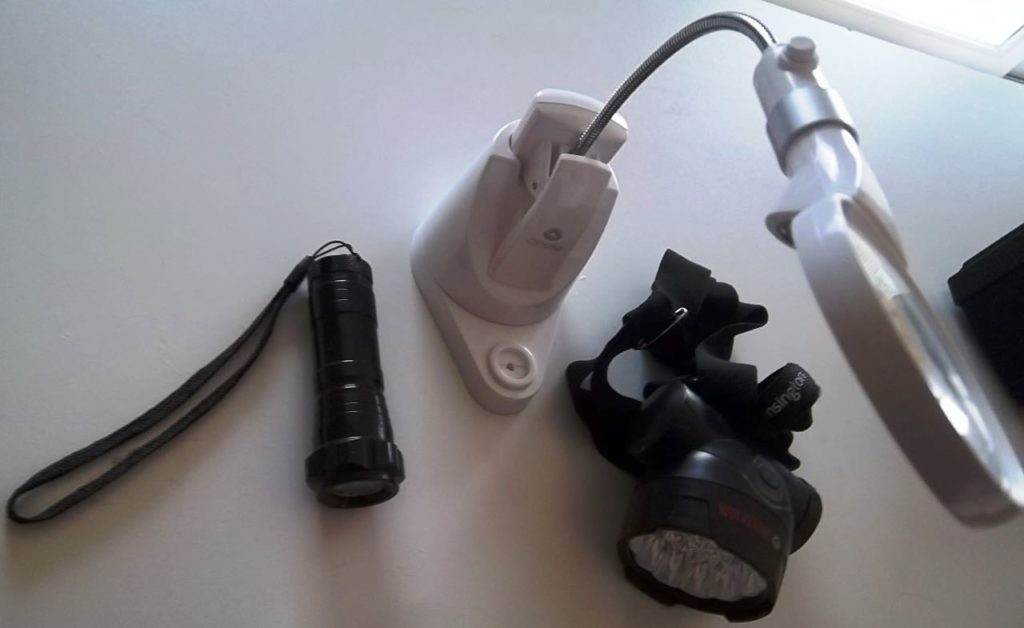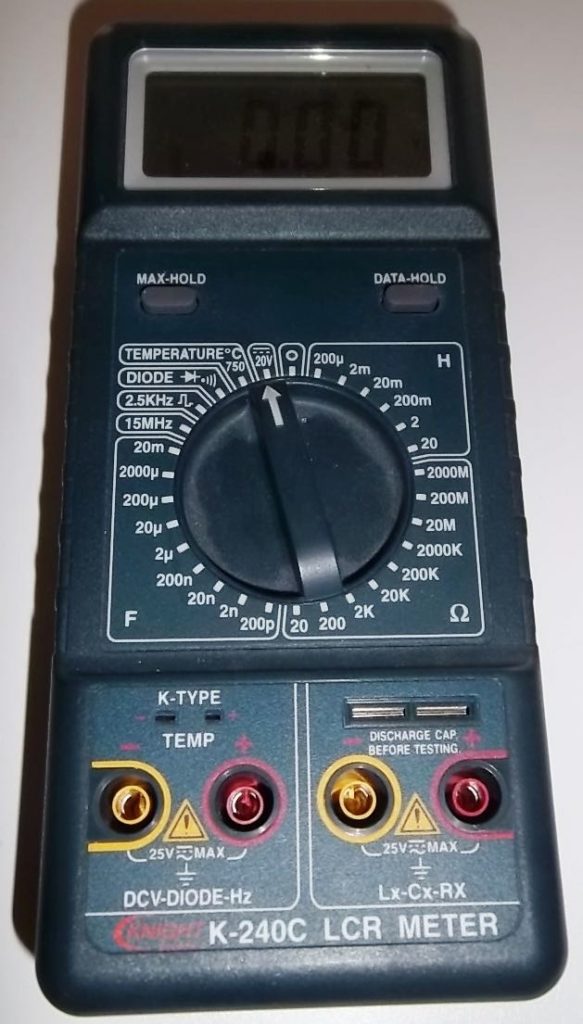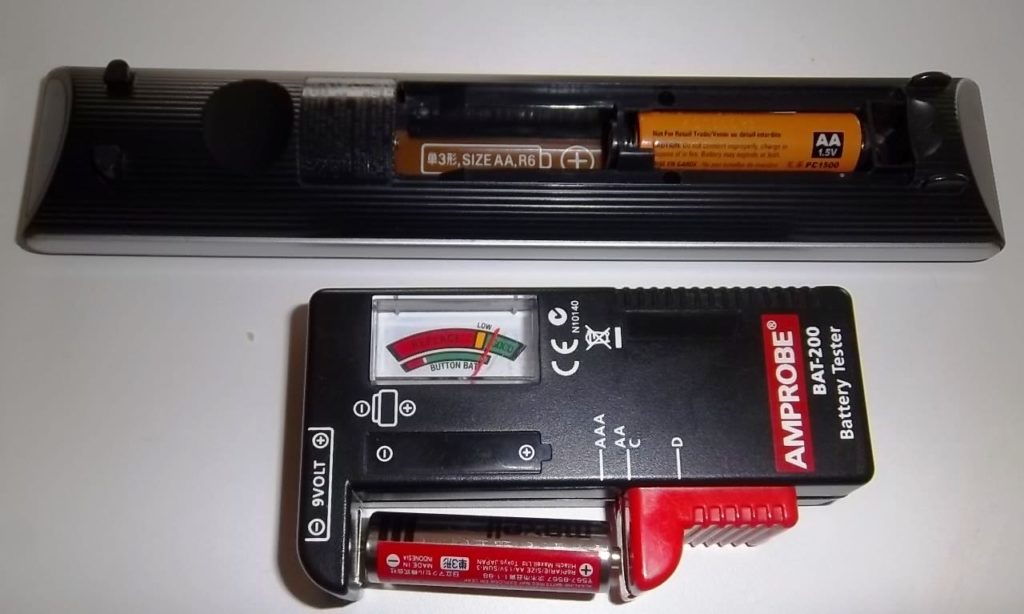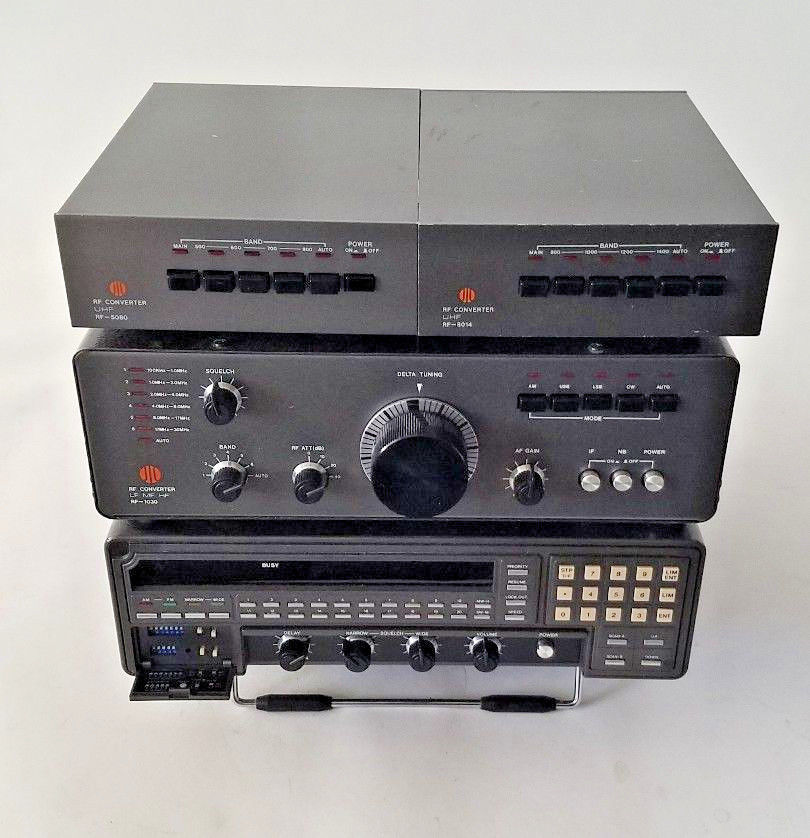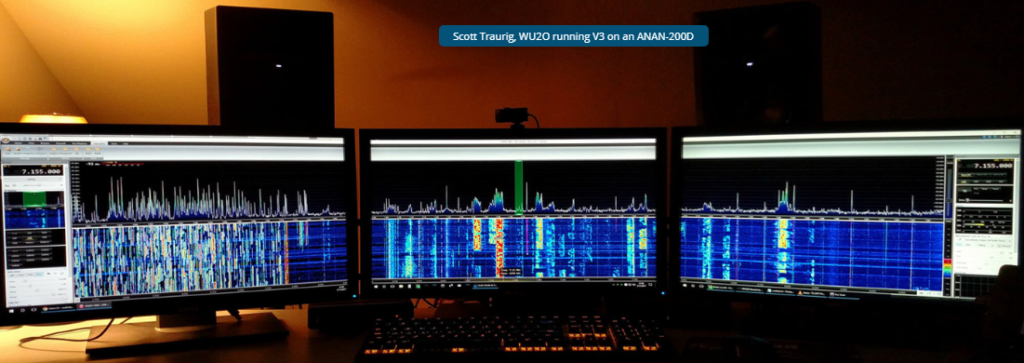Rob Sherwood, at Sherwood Engineering, has now published test results of the Icom IC-R8600 wideband receiver. The IC-R8600 is (impressively) second from the top of the list sorted by third-order dynamic range narrow spaced if phase noise limited:
Monthly Archives: February 2018
Sony could halt production of shortwave radios in February
Several SWLing Post readers have sent me a link to this item on BCL News (originally posted by Takahito Akabayashi via WOR) stating that Sony will cease production of all shortwave radios this month:
SONY Japan declared in January that they ended the production of ICF-SW35 shortwave receiver. They also declared in February that they end the sales of another shortwave receiver ICF-7600GR at their on-line store. Probably they will declare the end of its production soon.
ICF-SW35 has been on sale since 2000, ICF-7600GR since 2001. This means SONY will completely withdraw from the shortwave receiver market.
I have not been able to locate a statement from Sony regarding this, but I’m not at all surprised if it is true. Shortwave radios represent such a small niche market for Sony, I’m surprised they’ve continued producing them up to 2018. Indeed, to my knowledge, they haven’t updated their benchmark portable (the Sony ICF-SW7600GR) since they released it in 2001. That’s an incredibly long market life!
The ‘7600GR is still one of my favorite portables even though it lacks an encoder/tuning knob and isn’t as sensitive as the Tecsun PL-680, for example. I do love its sync detector and rock-solid AGC. Additionally, it’s one of the few portables on the market that has a proper line-out audio jack for recording and a variable attenuator.
Production of the ‘7600GR has been sporadic–a number of times, Sony gave retailers the impression the product line was dead only to release small batches of new units from time to time. Likely, they’ve been clearing out the final production run.
I predict the price of the ICF-SW7600GR will climb as they become a little more scarce.
Looking back, I wrote a post in September 2016 describing where to find new or open box units online. If you’re interested in the ‘7600GR, check out that post in our archives.
If anyone finds a release from Sony regarding this news, please comment with a link!
World Radio Day 2018
(Source: UNESCO World Radio Day)
The seventh edition of World Radio Day will be held on 13 February 2018 under the theme: Radio and Sports, with all radio stations, regulatory bodies and related organisations invited to celebrate radio and its contribution to democratic debate through information, entertainment and audience interaction.
As we look forward to a year of momentous sporting events – events that have the ability to unite the hearts and minds of people everywhere – we call on all radio stations around the world to showcase the beauty of sports in all of its diversity. Let’s celebrate the traditional sports that connect us to our cultural heritage, the grassroots sports that anchor within our communities, and the inspiring stories that challenge gender stereotypes and covers, equally, both men’s and women’s sports events.
World Radio Day 2018 will focus on the following UNESCO sub-themes:
- Diversity in Sports Coverage: ?Through the coverage of traditional and grassroots games, radio can reconnect people with their cultural heritage, promoting freedom of expression and diversity through cultural expression;
- Gender Equality in Sports Coverage: Sports coverage is hugely powerful in shaping norms and stereotypes about gender. Radio has the ability to challenge these norms, promoting a balanced coverage of men’s and women’s sports and a fair portrayal of sportspeople irrespective of gender;
- Peace and Development through Sports Coverage: Through greater coverage of sports for peace and development initiatives, the universal values of non-violence, solidarity and tolerance are recognized and celebrated.
- The World Radio Day 2018 website (www.worldradioday.org (link is external)) is live – with rights-free content, new broadcast packages, articles and blogs.
Please feel free to add your event or on-air programme to our World Radio Day 2018 global map so people around the world can tune in to hear what you have to say on World Radio Day.
World Radio Day was first celebrated in 2012, following its declaration by the UNESCO General Conference. It was subsequently adopted as an International Day by the United Nations General Assembly. Previous annual themes have included gender equality, youth participation, radio in humanitarian and disaster situations, and “Radio is You!” In past years, World Radio Day has seen wide success, with over 500 events taking place wordwide in 2017.
Of course, at my non-profit Ears To Our World, we celebrate the unique power of radio everyday. While we use a variety of technologies in rural and remote communities, radio still plays a central role since it’s such an accessible technology.
Happy World Radio Day!
Guest Post: Battery Testers–Don’t Get Caught Without One!
Many thanks to SWLing Post contributor, Mario Filippi (N2HUN), who shares the following guest post:
Battery Testers; Don’t Get Caught Without One!
by Mario Filippi, N2HUN
(All photos by author)
Ever consider what life today would be like without the humble dry cell battery? Old timers know the term “dry cell” as opposed to “wet cell.” The dry cell is your garden variety battery for sale composed of a semi-dry composite or paste of chemicals designed to make electrons flow when the circuit is complete, such as in flashlights, radios, remotes, watches, etc. “Wet cells” on the other hand have fluids, such as sulfuric acid that work in conjunction with lead plates. But let’s stay with dry cells for now. Walk into any house and you’ll find some form of battery powering a plethora of devices that contribute to the quality of daily life. In short, life without the humble battery would be unfathomable.
Batteries, like humans, unfortunately expire due to age or use. True, they toil tirelessly while out of sight and mind, hidden behind plastic compartment panels somewhere in the bowels of a device and for the most part are ignored or taken for granted. That is until the device they are powering ceases to function. We’ve all been there and done that countless times in our lives with an array of consumer products. Most instances of battery failure tend to occur at the most inconvenient times, that is when the device they are powering is needed most (a corollary of Murphy’s Law hi hi). A good example is the toolbox flashlight. It can sit amongst the tools quietly and ready to go (at least in our minds) until we switch it on while working in some dark, cramped location. Or late at night when under the covers and the bedside shortwave radio starts spewing out distorted audio. To boot, the radio’s convenient dial light is too weak to determine where you are in the shortwave spectrum.
Well, all is not lost my fellow hobbyists; it is time to do some cell (dry cell that is) soul searching and plan for future failures. I propose a useful acquisition for the home, shack, Go-Bag (or what have you) that won’t break the bank; a simple battery tester that’ll be the end to your power problems.
At this QTH an AMPROBE BAT-200 was purchased a few years back from Amazon and has proved its worth and utility many times over. This simple tool, which ironically needs no batteries, will test many of the common batteries around the shack and home such as AAA, AA, C, D, 9V, and button batteries.
Since purchasing the BAT-200, life in the battery cosmos has become a lot less complicated. Armed with one of these, you can immediately rule out battery failure when troubleshooting myriad devices. You can also test outdated batteries to determine their status.
An item such as the BAT-200 can be found for less than five dollars if you shop around, and will pay for itself by taking the guesswork out of the bad battery scenarios. You’ll wonder how you ever did without one!
Thank you very much for sharing this post, Mario!
At the SWLing Post HQ, we keep all of our loose batteries in a “battery box.” All new cells stay in the packaging where we mark the date purchased (although many alkaline cells now have a “best by” date). We recently pulled all of the loose/orphan batteries out of the box–there must have been 40+–and tested the voltage of each one. I used the test meter from my toolbox to do this, but I’ve just ordered one of the BAT-200 chargers from Amazon and will now keep this in the battery box permanently.
Thanks for enabling me, Mario! Ha ha!
Click here to check out the BAT-200 in Amazon.com (affiliate link).
Mario spots a rare J.I.L. Communications Receiver SX-400 on eBay
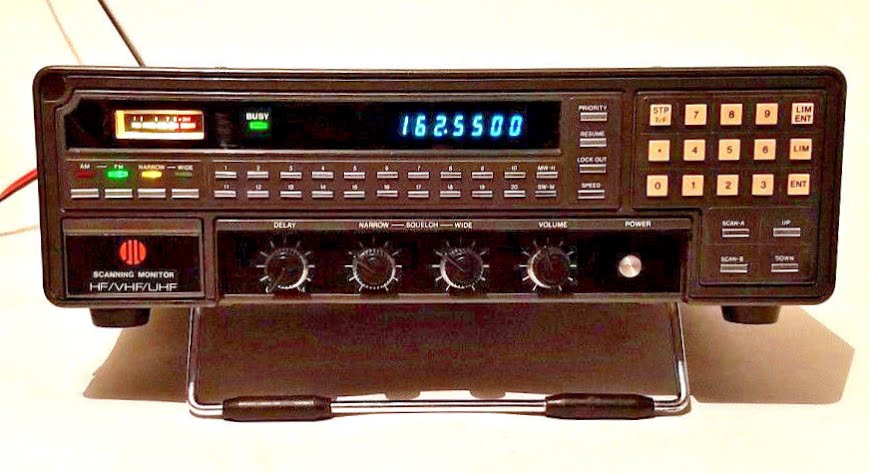 Many thanks to SWLing Post contributor, Mario Filippi, who writes:
Many thanks to SWLing Post contributor, Mario Filippi, who writes:
Hope you are doing well. Spotted this J.I.L. receiver on eBay, never heard of this unit before.
Thanks for the tip, Mario! This is a new one for me as well–what an interesting stack-able set of up/down converters. RigPix has a few more details.
Post readers: Can anyone comment about this until or its performance on the HF bands?
Paul explores the Luxembourg Effect
Many thanks to SWLing Post contributor, Mike Hansgen, who shares the following article by Paul Litwinovich at WSHU:
In this article I’ll look at two things that, unless you are a serious ham operator or an absolute radio geek, you probably are unfamiliar with.
First, we will take a look at a very rare phenomenon first noted by radio listeners back in 1933. It generated several theories, but the correct one was only verified experimentally in recent times.
Second, we will look at a government-funded project that, while built for other purposes, was used to confirm the phenomenon 75 years later.
The Luxembourg Effect was first documented by electrical engineer and professor Bernard Tellegen. The professor is also credited with the invention of the tetrode vacuum tube. My past article, A Radio for the Roaring Twenties, features one of the first radios to use the tube.
One night, Mr. Tellegen was in the Netherlands, listening to a station transmitting from Beromunster, Switzerland, on 652 kHz. In the background of the Swiss signal, he could hear the audio of Radio Luxembourg, which normally broadcast on 252 kHz. He was far enough away from each station that neither station’s signal would have been strong enough to overload his receiver. The two signals seemed to be mixing somehow, but by what means?[…]
Popular SDR-Console V3 Software Moves from Preview to Beta
Simon Brown, G4ELI’s widely used, free SDR-Console V3 was upgraded from “Preview” to “Beta 1” level today. Many SDR enthusiasts have waited for this next step; even in Preview form, Version 3 has performed nearly as well as a production release in many ways.
I have briefly used SDR-Console (V2 and V3) off and on for a few years, but it wasn’t until acquiring AirSpy HF+ receivers that I took a serious plunge into V3. Now that I’ve gone through its modest learning curve, I like this SDR software quite a bit!
There are many things I enjoy about SDR-Console, not the least is the power and ease of use of the Recording Scheduler, a feature that’s important to medium wave DXers. I’m sure others who like to set up unattended WAV I/Q recordings for later review benefit from this also.
I’ve not found a list of improvements between Preview and Beta 1, but I suspect Simon has made the upgrade because the Preview has shown itself to be quite stable already. He did publish a list of a few known bugs:
- External Radio using IF output does not work.
- Remote Server using the SDR-IQ has stutter.
- Kits are not signed – a code signing certificate has been purchased from Comodo but is not yet available.
Simon indicates that these bugs will be worked on in the next few weeks.
If you use and benefit from SDR-Console software, please considering support the development efforts through a PayPal donation. Links to download the newest Beta 1 version, and/or to donate, can be found here: http://www.sdr-radio.com/Downloads
Here are a couple YouTube videos which show SDR-Console V3 (Preview build) in action:
Guy Atkins is a Sr. Graphic Designer for T-Mobile and lives near Seattle, Washington. He’s a regular contributor to the SWLing Post.

